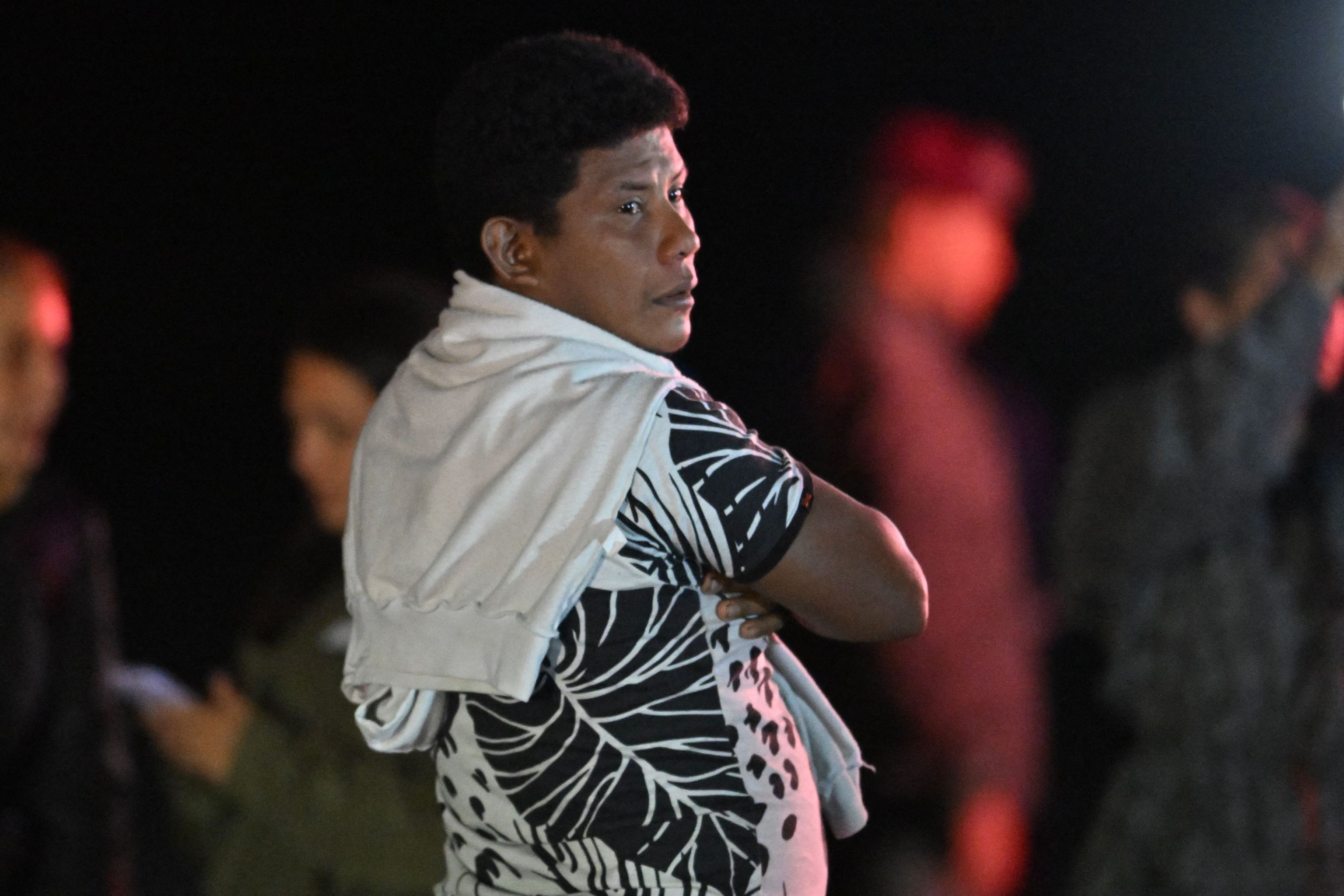- Colombia Miracle in the Colombian jungle: four children lost 40 days ago found alive in the Amazon
- Latin America Colombian Government and ELN Guerrillas Sign Six-Month Truce
Lesly was first studying high school in the indigenous reservation of Los Monos, in the middle of the jungle of the department of Caquetá. The Ronoques lived in a tiny hamlet, Puerto Sábalo, of only 20 families, on the banks of the mighty Caquetá. Of the Huitoto ethnic group, his life was turned upside down when his father, a leader in his community, had to leave his land threatened by the new FARC-EP.
He could not take them all with him right away, given the high price of airline tickets, 700,000 each (155 euros). Araracuara, the tiny town in the jungle region where they lived, belonging to the vast municipality of Solano, has a short-runway airport. Only five- or seven-passenger planes, like the one that crashed, and cargo planes are traveling. The flights have as their only destination San José del Guaviare, capital of the adjacent department of Guaviare, the city where the plane that crashed was headed.
When Manuel Ronoque, of the Huitoto, joined Magdalena Mucutuy, of the Muiname ethnic group, she was the mother of two daughters: Lesly and Soleiny. The couple had two more children, Tien Noriel, the only son, and little Cristin Neriman, who turned one year while they were lost. For Manuel, he considers the four his own, without distinction. He told me this when I met him on Thursday in the camp that the dozen Indians who had come from his land to help search for their children set up, along with the stricken aircraft.
An aunt of the girl, Damarys Mucutuy, said the older two liked a survival game that could help save her life. "When we played, we set up like ranchitos and I think she did that," he explained to Caracol Noticias. "She knew what fruits she cannot eat because there are many poisonous fruits in the jungle. And she knew how to take care of a baby."
Manuel Ranoque, the father of the lost children. JUAN BARRETOAFP
Although Manuel Ronoque had nothing to do with coca or illegal gold mining, they are the two main sources of income for the Araracuara inspectorate, promoted by the guerrillas. According to official sources consulted by this newspaper, some indigenous people live by carrying up to 80 kilos of coca on their backs. There are one-day routes and others up to 15. Depending on the distance, they charge 15,000, 20,000 or 30,000 pesos per kilo of drugs they transport.
Unfortunately for the neighbors, there are not only coca crops but they are immersed in a drug trafficking route to Brazil. The Caquetá River becomes the Puree on Brazilian soil, a magnificent highway for drug traffickers both for its navigability and for the difficulty of controlling it. Homicides, the exodus of those threatened, such as Manuel's, and the recruitment of minors by the FARC-EP, with which the Government is initiating peace negotiations, are therefore common. People have to submit to the rules of the guerrillas, including the law of silence.
From now on they must start a new life, in Guaviare, where the FARC are also strong, or in another place in Colombia where they feel calm.
- Brazil
- FARC
- Colombia
According to the criteria of The Trust Project
Learn more

